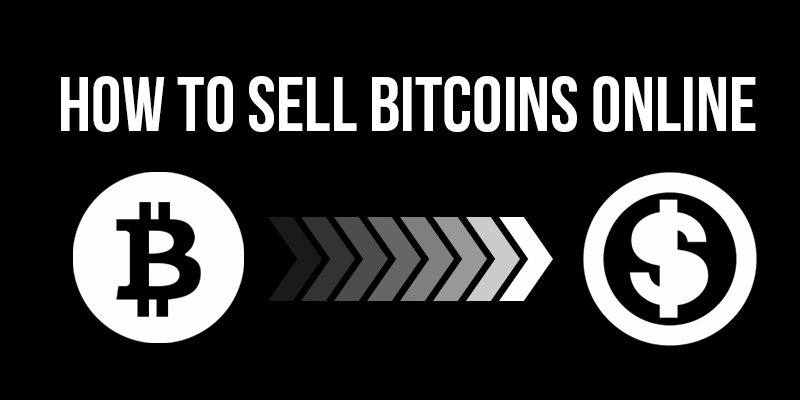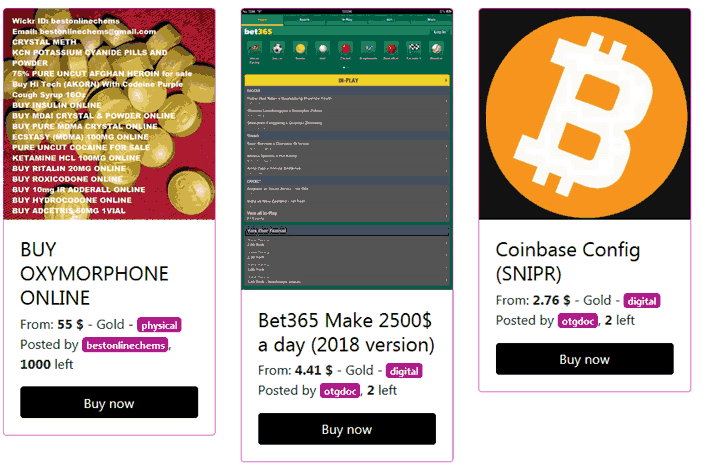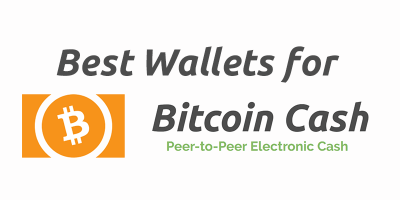Here’s the much awaited KeepKey wallet review, cause hey; ask any BTC-geek out there for the most secure way to store Bitcoins, and if they’ve educated themselves well enough, the answer would most probably be “Hardware wallets”.
And when it comes to Hardware wallets, KeepKey is the one name that pops up almost by default. The reason hardware wallets are in fashion is because software bitcoin wallet can be hack but hardware isn’t.
Here are some soft bitcoin wallets review for you:
Now most hardware wallets boast nearly the same features, the only difference you might notice is in their “exterior built” and couple minor features.
The one thing they all do right is, keep your Bitcoins safe. So it becomes a hardship for the “not having a degree in BTC” folks to choose the perfect Hardware wallet, well that’s something that gets solved by the end of this KeepKey wallet review.
I wouldn’t be declaring if you should be going with KeepKey, or not! That’s something for you to decide. What I’ll be doing throughout this Keepkey wallet review is getting you a front-row seat to all the features and options that the wallet offers.
And then you can either go with the Wallet, or if not, it’ll still help you remove one option from the “confusion list”.
KeepKey Wallet Overview
Even though it’s a KeepKey wallet review, I don’t suppose KeepKey needs an “Introduction” if you’ve even remotely ventured into “Hardware wallets”.
KeepKey isn’t as old as Trezor wallet or Ledger wallet, granted, but if anything, it has been built from the ground up keeping security and ease of use in mind.
It’s literally one of the safest BTC vaults you can get your hands on, this thumb-drive-sized wallet isn’t just “Secure”, but also has been beautifully crafted with its sleek, polished looks and size.
Also, it doesn’t use an “Operating system”, hence leaving no layer for viruses or malware to be sandwiched between them.
Here’s an overview of how what exactly is the Wallet made up of:
- Materials used: Polycarbonate Front and Aluminium case.
- CPU: Arm Cortex M-3
- 56 X 64 OLED Screen.
- Height: 38.0mm
- Width: 93.5mm
- Depth: 12.2mm
- Connector: Micro USB
- OS Supported: Windows / Linux / Mac
- Price: USD $79.00
1. User Interface
How I like to rate the user-interface of every platform out there is from a “first-timer” perspective. Meaning, if the user-interface is easy and simple enough for a fist-timer to understand and work around easily, then I take it as a good interface.
As far as the user-interface with KeepKey goes, it certainly wins you over with its extremely simple, “No-fuss” kind of interface.
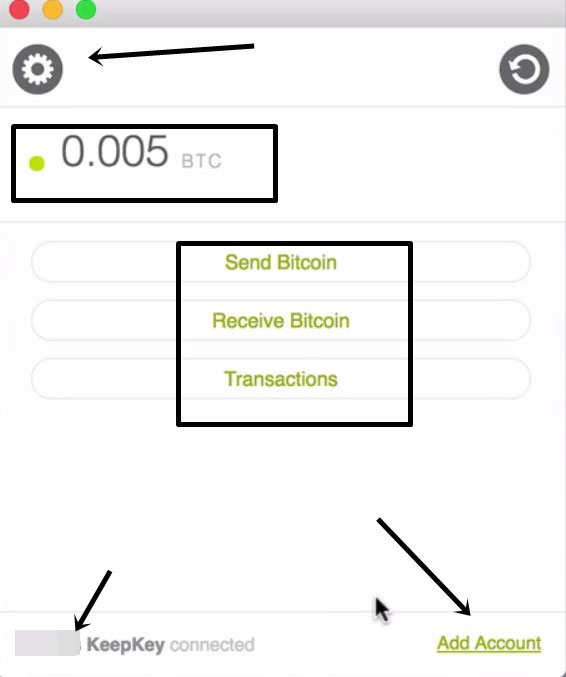
The KeepKey client shows you your accounts on the main-screen, with a settings button on the top-right corner, the name of your wallet on the bottom-left corner, and a simple option to add multiple accounts on the bottom-right.
The center-screen is reserved for your “Account balance”, and three primary options:
- Send Bitcoins
- Receive Bitcoins
- Transactions
Even the “Send / Receive” interface is at the pinnacle of simplicity, as the following screenshot should well illustrate.
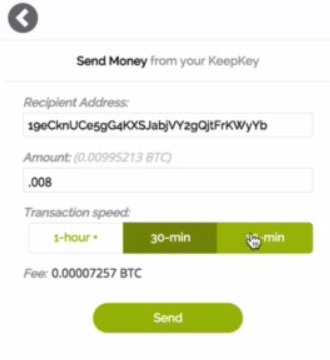
It truly is the simplest interfaces I’ve seen with any Hardware wallet till date. Everything is straight-forward with no need for you to go hunting for options
2. Security
I’m making “Security” one of the Key aspects of this KeepKey wallet review because what is a Hardware wallet, if not secure, isn’t that right?
The user-interface, ease of installation and fancy paper cards come into play only if the wallet is secure enough for you to consider transferring all your funds over there.
So here’s how well-built the security fort for KeepKey is:
- Hidden Wallets: What if someone has a gun to your head? Well, KeepKey has been designed keeping the scenario in mind. It supports an additional feature called “PassPhrase”. It’s an extra word, added to your 12-word recovery phrase, so the passphrase is actually 13-word long password, which when entered grants you access to a “hidden wallet”. Note that both your PIN and the passphrase are required to access this hidden wallet. It can be used as your primary wallet to store all the funds, while only a negligible amount should be kept on the surface-level, non-passphrase protected account.
- Always Offline Private Keys: Your private keys never leave your KeepKey hardware wallet no matter what. It’s protected by a micro-controller and the highest level of read protection.
- Recovery Phrase: Hardware wallets are generally for the “long-termers”, for the “holders” who wish to use these as their “bank vaults” of storing a majority of their funds in the wallet. So it’s important that there be a recovery option in case you lose your account or the wallet. So that’s what this recovery phrase does, it’s a 12-random words long sentence, and helps bring your account back from the dead.
- Secure Recovery Process: Providing a recovery phrase isn’t all, as we’re talking of security, it’s worth singling out that the recovery process is secure in itself as well, you need to use your KeepKey hardware wallet and the cipher on it to enter the words on your screen, which re-shuffles the words on your KeepKey device after every word is entered. And then again, you do not need to type the complete words, as they auto complete after the initial 3 or 4 alphabets. Hence making your keystrokes as secure as they can be.
- Manual Confirmation Required for Transactions: Each single transactions requires you to enter your KeepKey PIN, using the OLED display to check the positions of the numbers. Also, you need to manually approve each transaction on the Hardware wallet by pressing a button on the wallet itself.
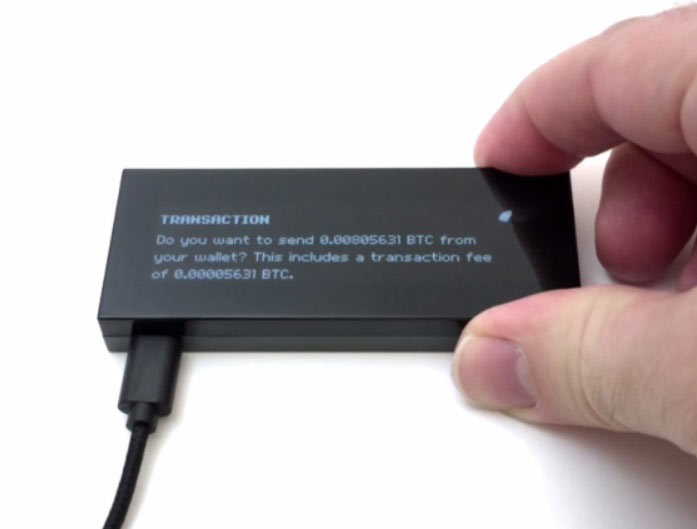
Other Features
Apart from user-interface and security, let’s see what KeepKey has in store for us:
- Paper wallet: This is one of my personal favorite aspect about this whole KeepKey wallet review. KeepKey let’s you use the hardware wallet, as a paper wallet as well as paper spender! You can setup KeepKey, and then wipe your device so that only the owner of the recovery phrase (which is now stored on paper) can access or spend the Bitcoins!
- Multi accounts: KeepKey let’s you setup more than one accounts, on the same wallet. They essentially let you keep your funds organized and separated.
- Extensive currency support: Even though we’ve been primarily focusing on “Bitcoins” throughout this KeepKey wallet review, KeepKey supports many other currencies as well, including:
- Litecoin
- Dash
- Dogecoin
- Namecoin
- Testnet
- Ethereum
It also supports as many as 46 ERC-20 Tokens, here’s the complete list:
- (STORJ) Storj
- (SWT) SwarmCity
- (PAY) TenX
- (USDT) Tether
- (TUSD) TrueUSD
- WeTrust (TRST)
- (WINGS)Wings
- (ZIL) Zilliqua
- (ZRX) 0x
- (0xBTC) 0xBitcoin
- (NMR) Numeraire
- (OMG) Omise GO
- (POLY) Polymath
- (PPT) Populus
- (RCN) Ripio Credit Network
- SALT
- (CVC) Civic
- (MCO) com
- (CMT) CyberMiles
- DAI
- (GNO) Gnosis
- (SNGLS) SingularDTV
- (SPANK) SpankChain
- (SNT) Status
- (ELE) AELF
- (AE) Aeterenity
- (ANT) Aragon
- (REP) Augur
- (BAT) Basic Attention Token
- (BNB) Binance Coin
- (BNT) Bancor
- (GNT) Golem
- (ICN) ICONOMI
- (IOST) IOST
- (RLC) iExec
- (MKR) Maker
- (GUP) Matchpool
- (MLN) Melon
- (MTL) Metal
- (MANA) Decentraland
- (DGD) DigixDAO
- (DNT) District0x
- (EDG) Edgeless
- (1st) FirstBlood
- (FUN) FunFair
- (GTO) Gifto
Do you want to buy bitcoins and don’t know more about bitcoins then check out some below given post those can help you to start your business with bitcoins.
- How to Buy Bitcoins With Debit Card
- How to Buy Bitcoins with Credit Card
- How to Buy Bitcoins With Cash
- How to Buy Bitcoins with PayPal
- Best Bitcoin Markets Platform
- Best Place to Buy Bitcoins Online
Keepkey Installation Process
The installation process is pretty straight forward. You download the KeepKey Client and Browser extensions, and plug-in your KeepKey hardware wallet.
Click on the “Initialize KeepKey” button, and on the next page you’ll be asked to Set your PIN.
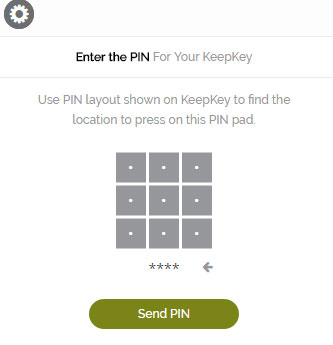
Just do so, further proceeding to the “Recovery phrase” phase where you’re shown your recovery seed words. Which you’re expected to write down on a sheet of paper, offline.
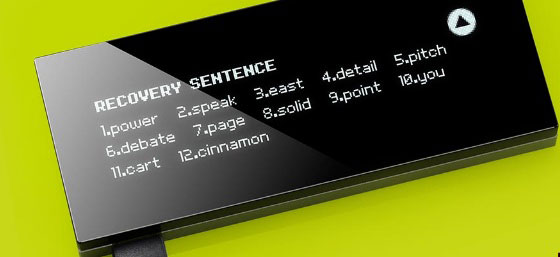
That’s all, your KeepKey wallet is ready for use. So yeah, the installation process couldn’t be any easier.
Additional Information Related to the Installation Process
KeepKey marks its professionalism by providing you with a “paper card” where you can scribble down your 12-word recovery phrase, the paper card has a leather-case as well for safe storage of the card.
Not that a “paper card” isn’t a great “feature”, and it’s not something that the other wallets do not provide, it’s being mentioned simply cause it exists with KeepKey too just as with most other worth-mentioning Bitcoin Hardware wallets, and the card is not made out of normal paper as well (this is something that doesn’t hold true for all wallets, infact the soon-to-be-launched Nano X’s recovery sheet is almost plain paper!) so rest assured, it isn’t prone to easy damage.
Note that it’s of utmost importance for you to write this recovery seed down, it’s the master-password kind of thing and helps you recover your account, but there’s no way to recover this seed phrase in case you lose it.
So writing it down helps you not only prevent losing it, but also helps you against hackers or viruses which might corrupt or steal your digital data.
The one point worth pointing out here is the fact that, KeepKey keeps your funds and accounts secure even if your computer has been compromised, no matter at what level.
That’s so because the PIN-setup process is totally hack-proof. The PIN numbers are displayed on your KeepKey hardware wallet only, and you only get a “mockup” of a “number pad” on the screen.
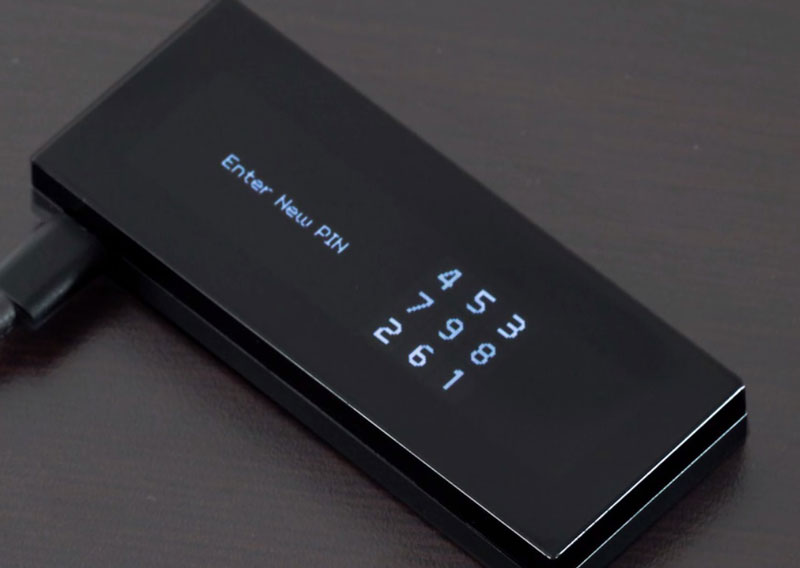
So you need to check the positioning of the numbers on your KeepKey hardware wallet and click on the corresponding position on your screen to enter that number.
This helps you because there’s no way for a hacker or third-party to get an idea of which number is being clicked.
Apart from that, the PIN is shuffled on your KeepKey screen after every click, so that further adds to the anti-hacker thing making it impossible for the PIN to be intercepted, even with a Keylogger.
Pricing
It’s been nearly 4 years since KeepKey launched, it’s launch-price was USD $239, making it probably the most expensive hardware wallet of the time.
Although today 4 years after the launch, the price has come down by over 66% and it’s now priced at USD $79.00 only. Note that it still tops the charts when it comes to expensive hardware wallets.
It can be ordered using either Bitcoins (obviously), or PayPal.
Final words
So that’s all I could pour down as far as this KeepKey wallet review is concerned folks. If you’re into the Bitcoin game for the long run, a hardware wallet is a must. And by now, I’ve tried nearly all the major hardware wallets like Trezor wallet, Ledger wallet. but if you have low budget then keepkey and Trezor wallet both are the good alternatives.
So my personal opinion is, KeepKey is the kind of solution you can trust with your eyes closed. Its encryption and security are unbreakable, and the “Hardware” in itself is pretty impressive.
Although that’s just one man’s opinion, so feel free to populate the comment box with yours.


